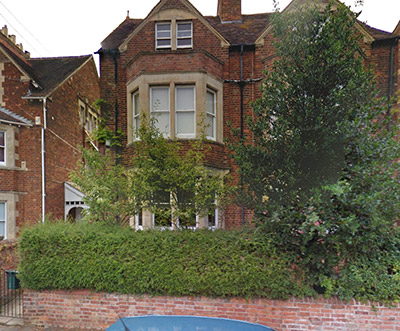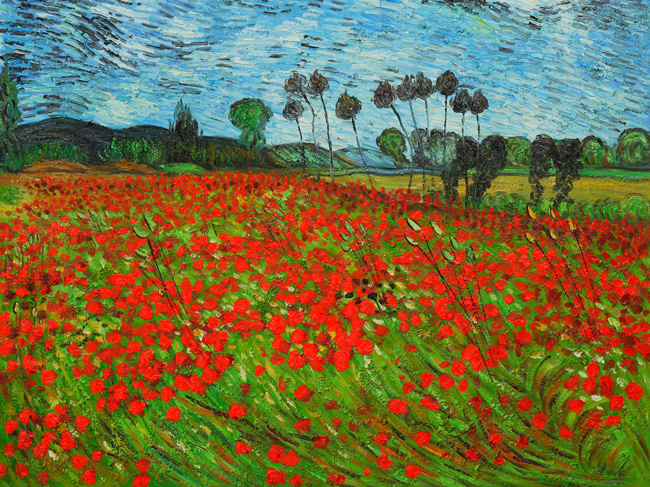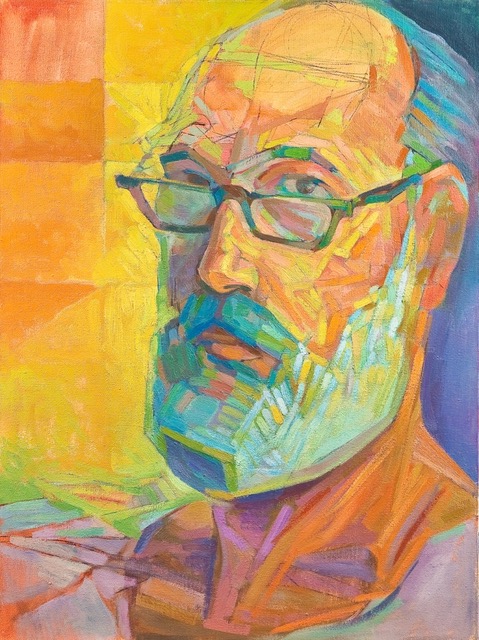The front room was very large and square, and it opened out to the street. It had a bay window with a table and chairs. I also had an armoire and a double bed. There was a meter-driven gas fireplace that required shillings, and a couple of over-stuffed lounge chairs. I had everything I needed, so I rented it. Things were cheap back then and it was something like three or four pounds a week.
England was still recovering from World War II. They had won the war and lost the peace. All the money went into Germany, France, Belgium and the countries that had been decimated by the war, even though England suffered devastating bombing. They didn’t get the lend lease that Europe had gotten because America was interested in rebuilding as rapidly as possible. That made a lot of money for America, and put England in their debt. America didn’t give them anything for free.
The house was at the end of the bus line but it was only a mile to the art school. I could walk on a nice day or take the bus on a nasty day. It really was ideal. I went to the pub after I had been there a couple of weeks, ordered a bitter, and struck up a conversation with the young man standing beside me. John Mason told me he was an artist, too, and had graduated from the Royal College. In the course of our conversation, I revealed that I was disappointed by the lack of training in color offered by The Ruskin. Also, I was disappointed by the lack of lectures and real instruction. Instructors would come up for a day, wander around our easels, chat with the students and say things like, “That’s a little too dark,” or “Why don’t you strengthen this line.” There was no real instruction. John empathized with my plight, and said, “Meet me here tomorrow night. I have something for you.”
When I went back to the pub the next night, John handed me a small package and told me to look at it when I got home. When I asked what I was to do with it, he explained, simply, to use it, and make sure others benefited from it. I asked if he wanted it back later, and he said to keep it. I eagerly unwrapped it at home, and it was a revelation. Color Control by Frank Morley Fletcher was an ordered way of selecting only three colors at a time as your basis for the whole color program in a painting or in anything that implored color. This ingenious system became my color course that I taught for 35 years.



